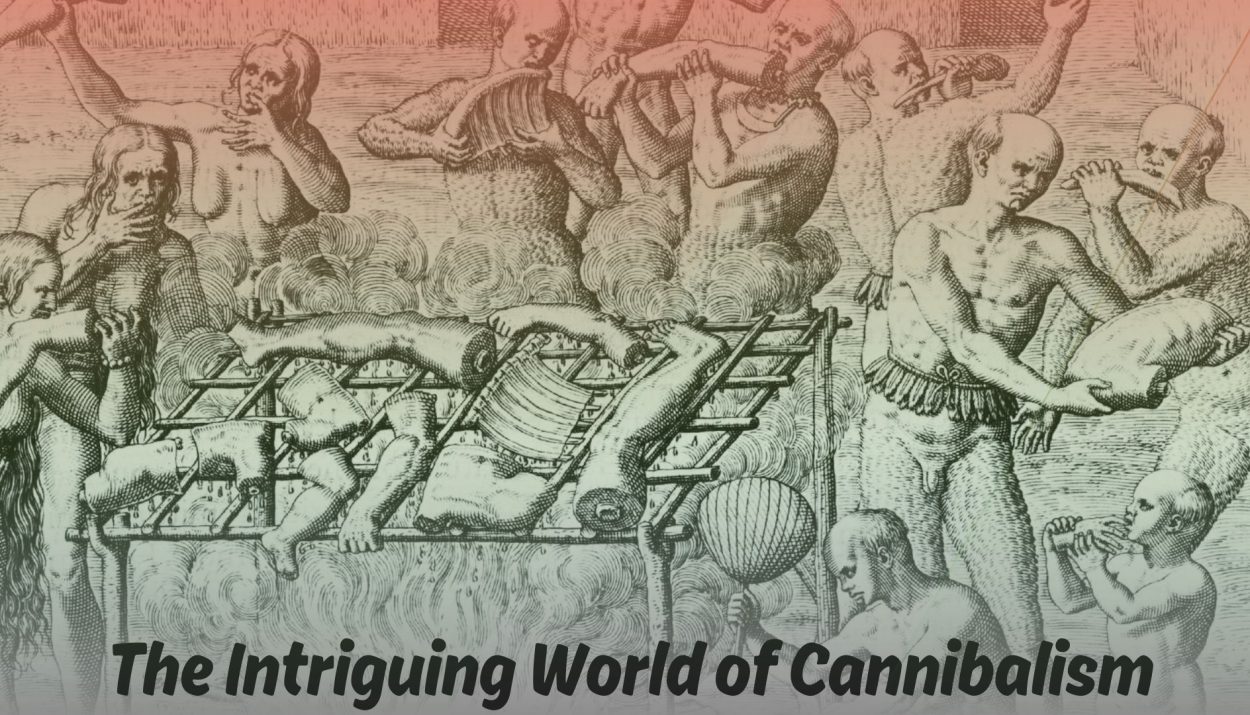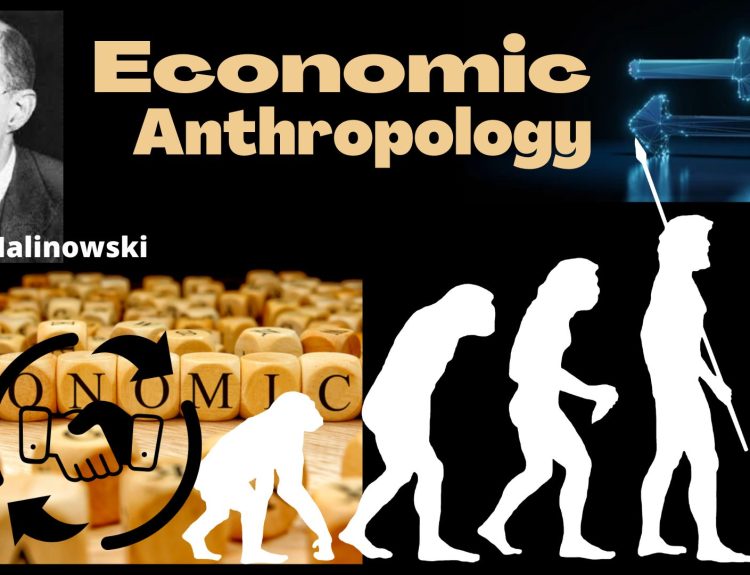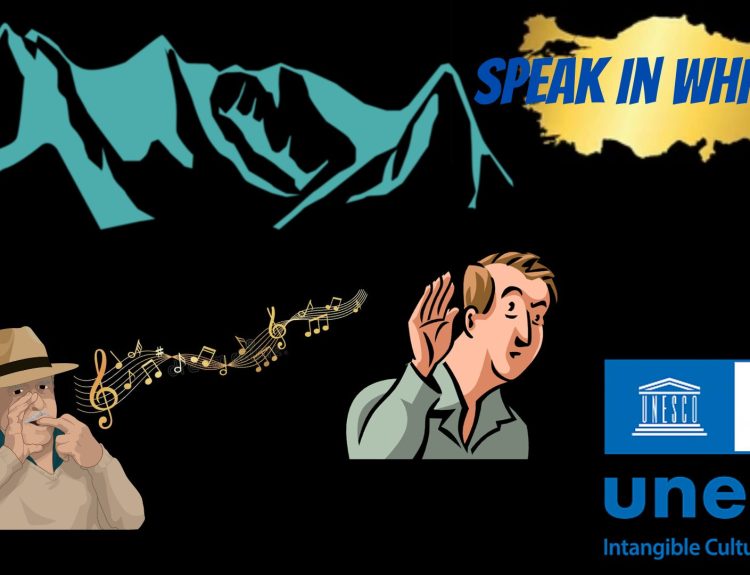Cannibalism (also called anthropophagy), the act of consuming the flesh or organs of one’s species, remains one of the most sensationalized and taboo topics across cultures. While it often conjures images of horror from popular media, a closer examination reveals a complex and multifaceted phenomenon deeply rooted in history, culture, and survival instincts. The term “cannibalism” is employed to characterize both human and non-human behaviours.
Certain individuals ingested the remains of their relatives, aiming to ensure the integration of their spirits with those of their ancestors. In different circumstances, people partook in cannibalistic acts fueled by anger during wartime, occasionally to absorb the abilities of their vanquished foes. In another context, some resorted to consuming individuals believed to be sorcerers, attributing to them the responsibility for bringing disease and death.
According to Merriam-Webster Dictionary–
Cannibalism is defined as,
: the usually ritualistic eating of human flesh by a human being
: the eating of the flesh of an animal by another animal of the same kind
Instances of Cannibalism
The term originates from the Spanish name (Caríbales or Caníbales) linked to the Carib tribe of the West Indies; a group Columbus identified as practitioners of cannibalism. Cannibalism is not a recent development; it has historical roots stretching back centuries. In times of famine, warfare, or extreme conditions, various societies have resorted to cannibalistic practices. Europeans once perceived cannibalism as a remedy for various medical conditions, including epilepsy, bleeding, bruising, and nausea.
The Fore people of Papua New Guinea, for instance, were recognized for consuming the remains of their deceased as an expression of love and respect. This practice prevented the bodies from decomposing or becoming prey to insects. They also experienced an epidemic of a prion disease called Kuru, transmitted through the consumption of human brain tissue during their mortuary rituals. The practice of cannibalism in this case had significant health implications. In Fiji, once dubbed the “Cannibal Isles,” historical accounts reveal that cannibalism was intertwined with worship rituals. Human bodies were documented as the most prized offerings, sacrificed to appease the gods.
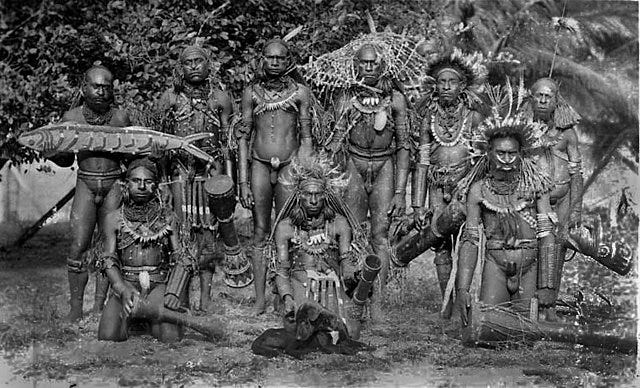
Until the 1960s, the Wari community in the Brazilian Amazon incorporated cannibalism into their funeral rites. The Aztecs purportedly consumed the sacred corpses following human sacrifices to their gods. In Sumatra, the Batak community was reputedly involved in the sale of black magic and cannibalism. During the Yuan dynasty (13th–14th century), it was documented that “children’s meat was the best food of all in taste.”
Amidst fictionalized narratives, documented customs, and significant gaps in our understanding, there is no singular history of cannibalism.
Survival Cannibalism
In certain cases, cannibalism emerges as a survival strategy. Tribes facing extreme circumstances or isolated environments may resort to consuming human flesh as a means of sustenance. Throughout diverse cultures and historical periods, there is documentation of survival cannibalism, in dire circumstances such as famine, sieges, or ill-fated expeditions, individuals are faced with the choice of either consuming the deceased or succumbing to starvation resorting to such practices.
Survival cannibalism also emerged as a grim necessity after a Plane crash in the Andes Mountains in 1972. Out of 45 passengers, including members of a Uruguayan rugby team, only 16 survived the 72-day ordeal, resorting to cannibalism. Similarly, during the Starving Time at Jamestown Colony in 1609–10, American settlers, driven by desperation, resorted to cannibalizing their neighbours after initially consuming rats and shoe leather.
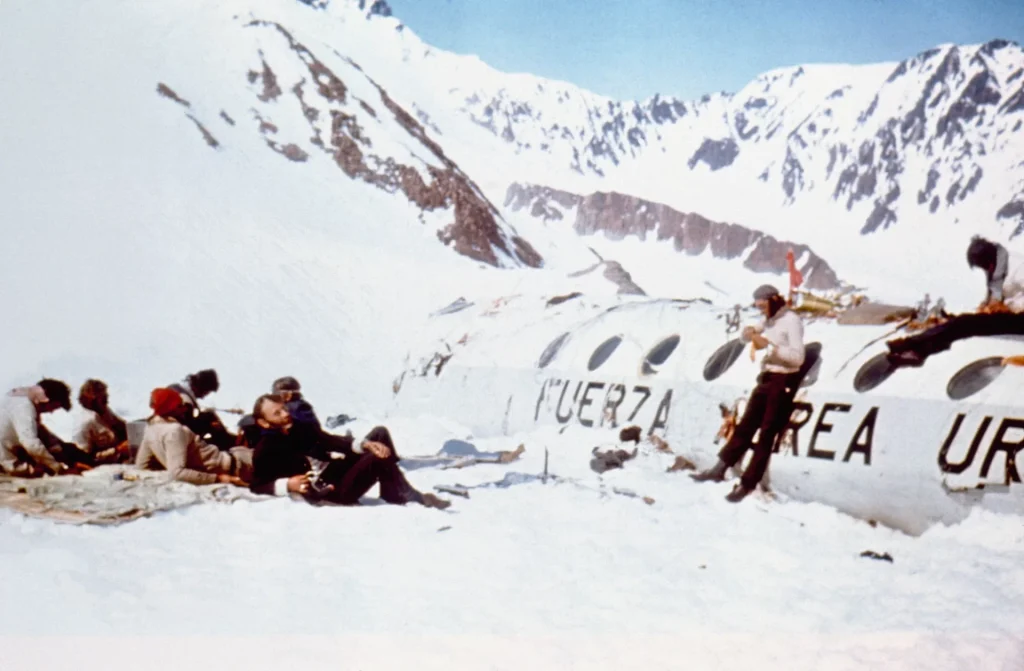
Cultural Nuances
Cultural contexts play a pivotal role in shaping the perception and acceptance of cannibalism. Contrary to the sensational depictions in media, some cultures have historically incorporated cannibalistic rituals into their belief systems. Beyond survival, cannibalism has manifested in ritualistic practices within certain cultures.
In certain instances, the remains of a deceased individual were ceremonially consumed by their kin, a practice known as endocannibalism. Certain Aboriginal Australians engaged in such rituals as a gesture of reverence. Alternatively, ritual cannibalism took place as a component of the rites within secret societies.
Modern Cannibalism
Cannibalism is widely regarded as taboo and illegal across various societies globally, and its prevalence in the modern era is limited. However, instances of cannibalism persist among certain tribes, as illustrated by the following examples:
In India, Aghori monks engage in consuming human flesh as part of their pursuit of spiritual enlightenment. They incorporate utensils made from human bones into their practices and often clothe themselves with human remains. Importantly, they refrain from actively causing harm to others, utilizing only the bodies of those who have naturally passed away.
The Korowai people, residing in the southeastern region of Indonesian Papua, uphold a tradition of performing cannibalistic rituals targeted at individuals believed to be ‘Khakua’—those perceived as witches assuming human form. This practice is undertaken to safeguard the community from potential threats. Several documentary films have explored the customs of the Korowai Tribe.

Conclusion
In conclusion, the world of cannibalism is far from one-dimensional. While societal perceptions may cast a shadow over the subject, a nuanced exploration reveals a rich tapestry of human adaptation, cultural diversity, and the extremes to which individuals or communities may go in the pursuit of survival. Nevertheless, the advance of modernization typically leads to the prohibition of such practices. In contemporary society, instances of cannibalism do, on occasion, arise as a consequence of severe physical necessity in isolated environments.
References
Human Sacrifice: Why the Aztecs Practiced This Gory Ritual
Cannibalism: Cultures, Cures, Cuisine, and Calories
Uruguayan Air Force Flight 571
The Starving Time and Near Abandonment (1609–11)
Cannibalism: Archaeological and Anthropological Studies


